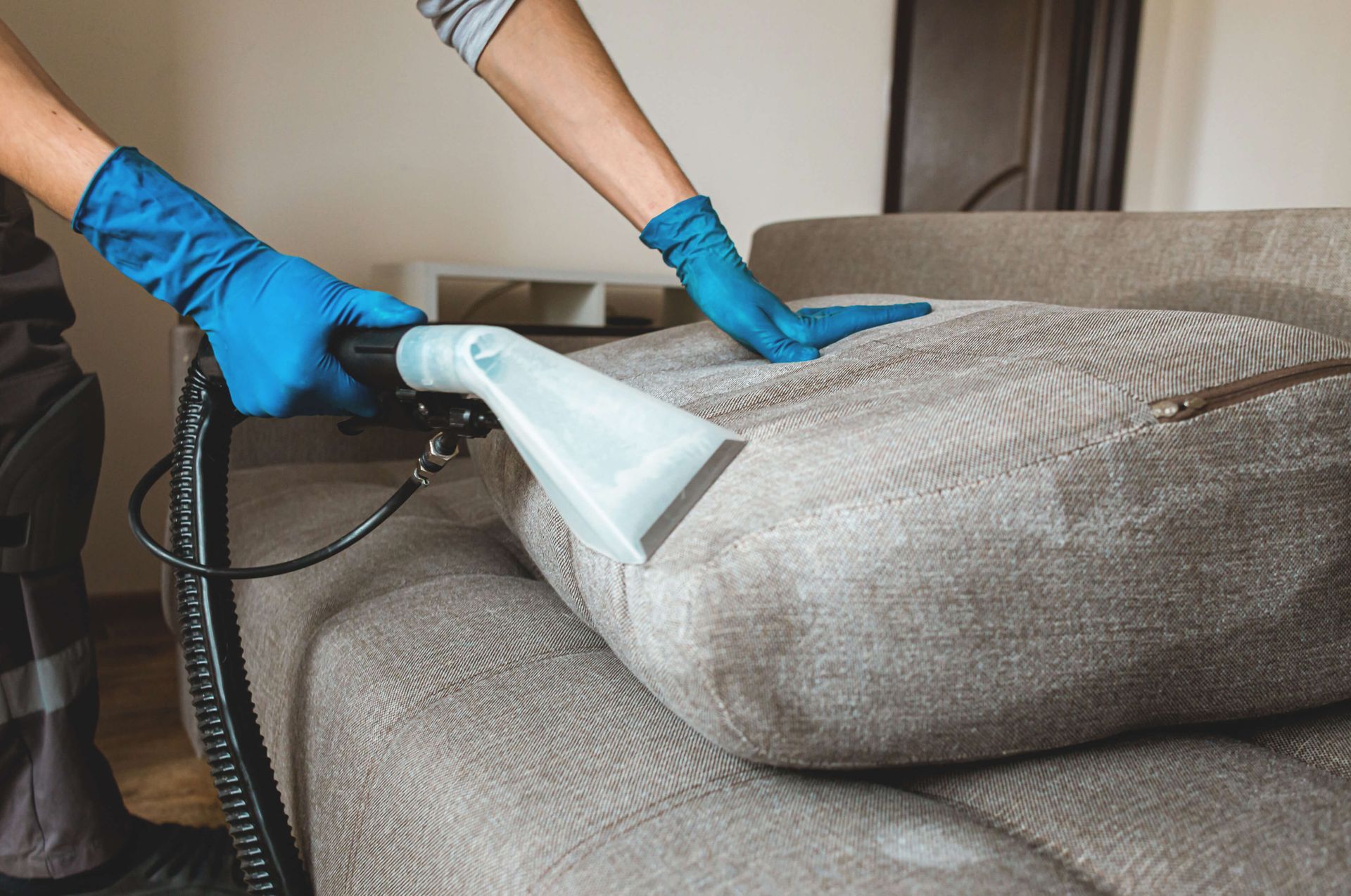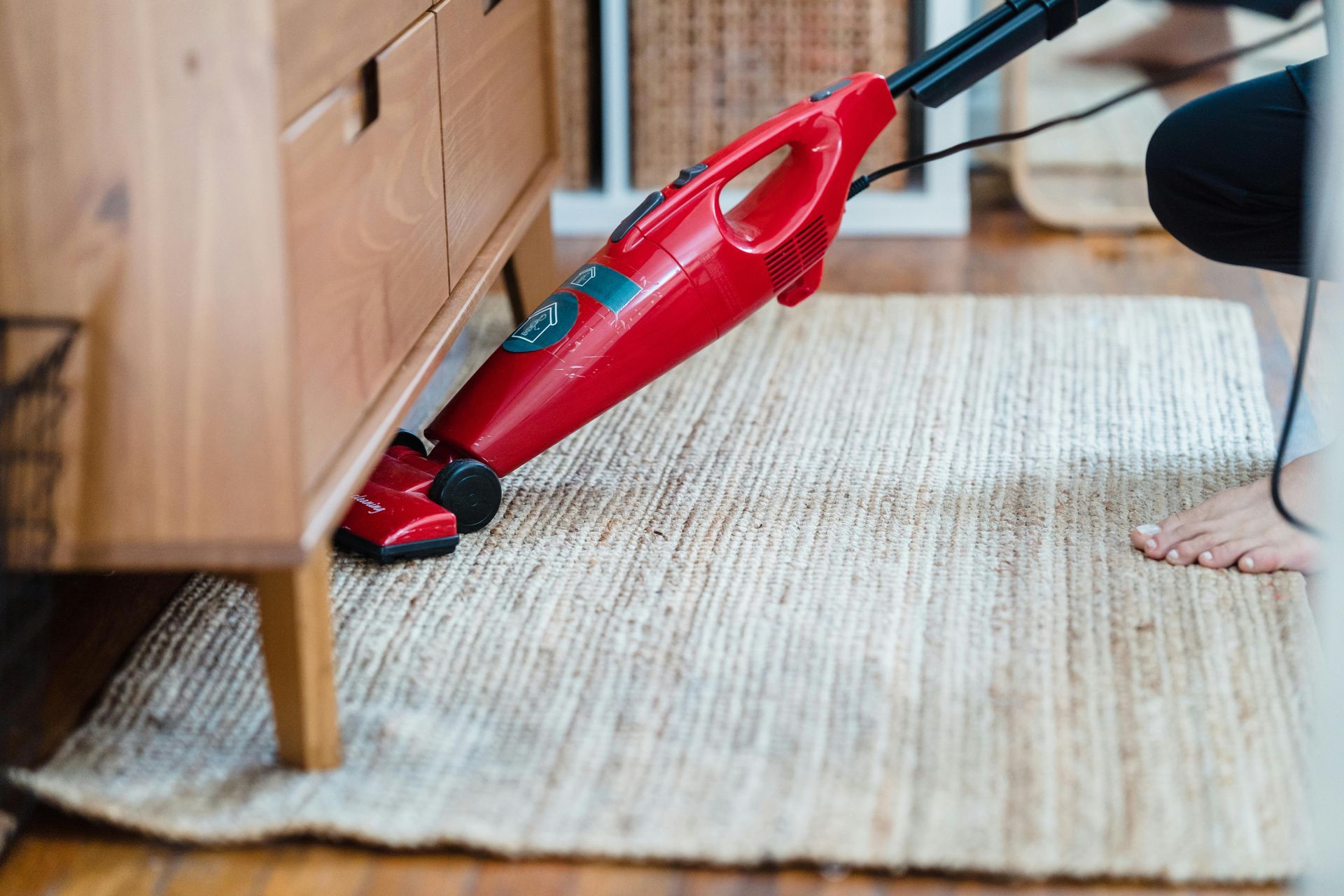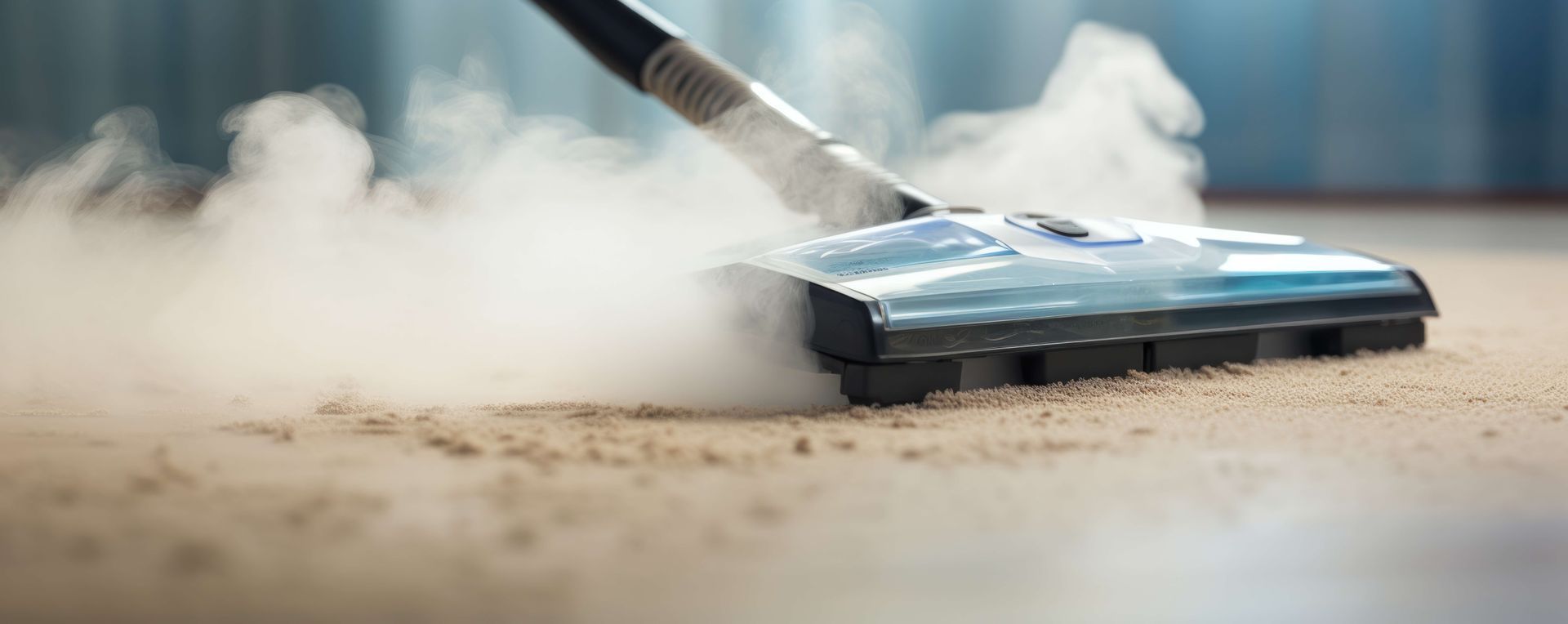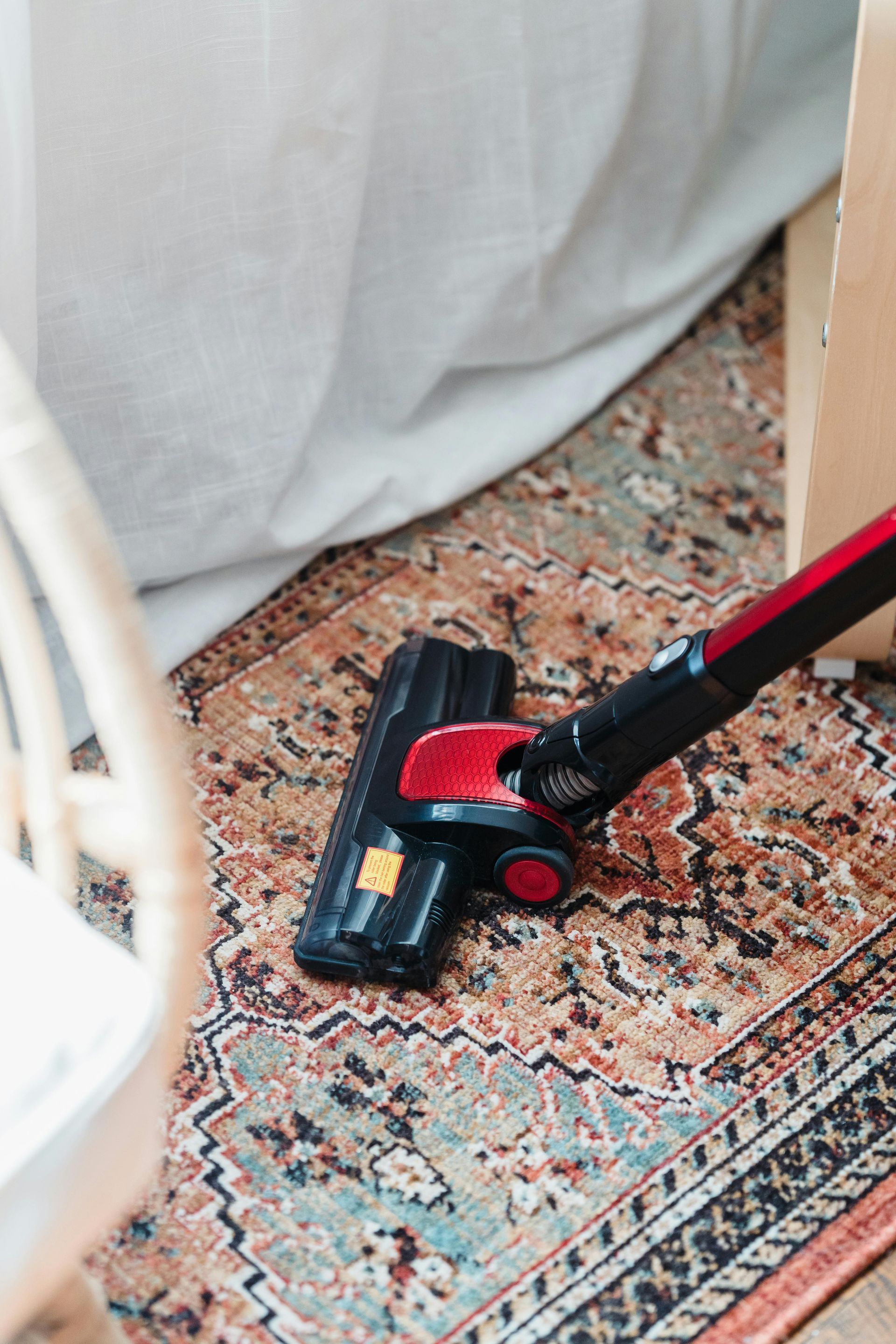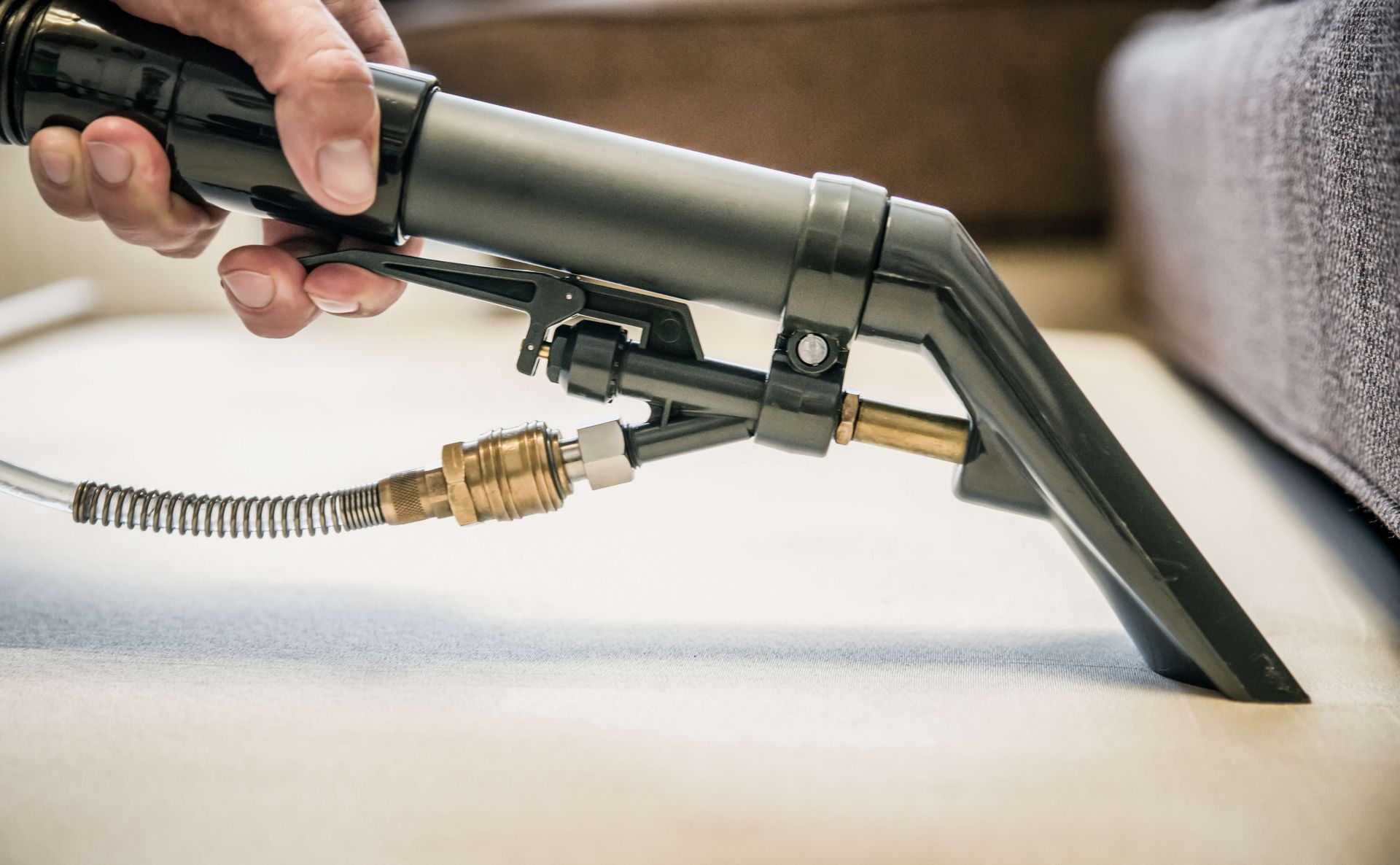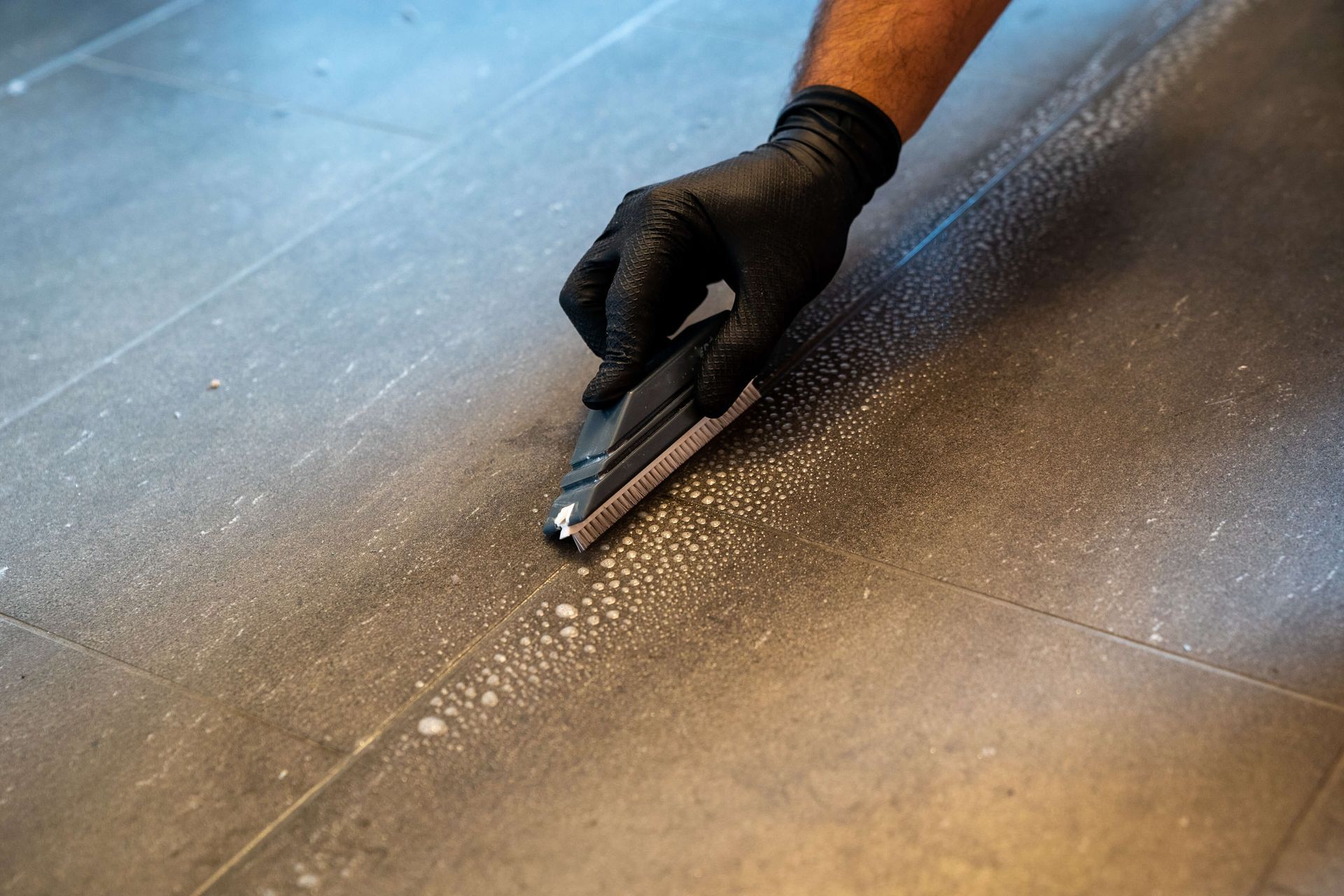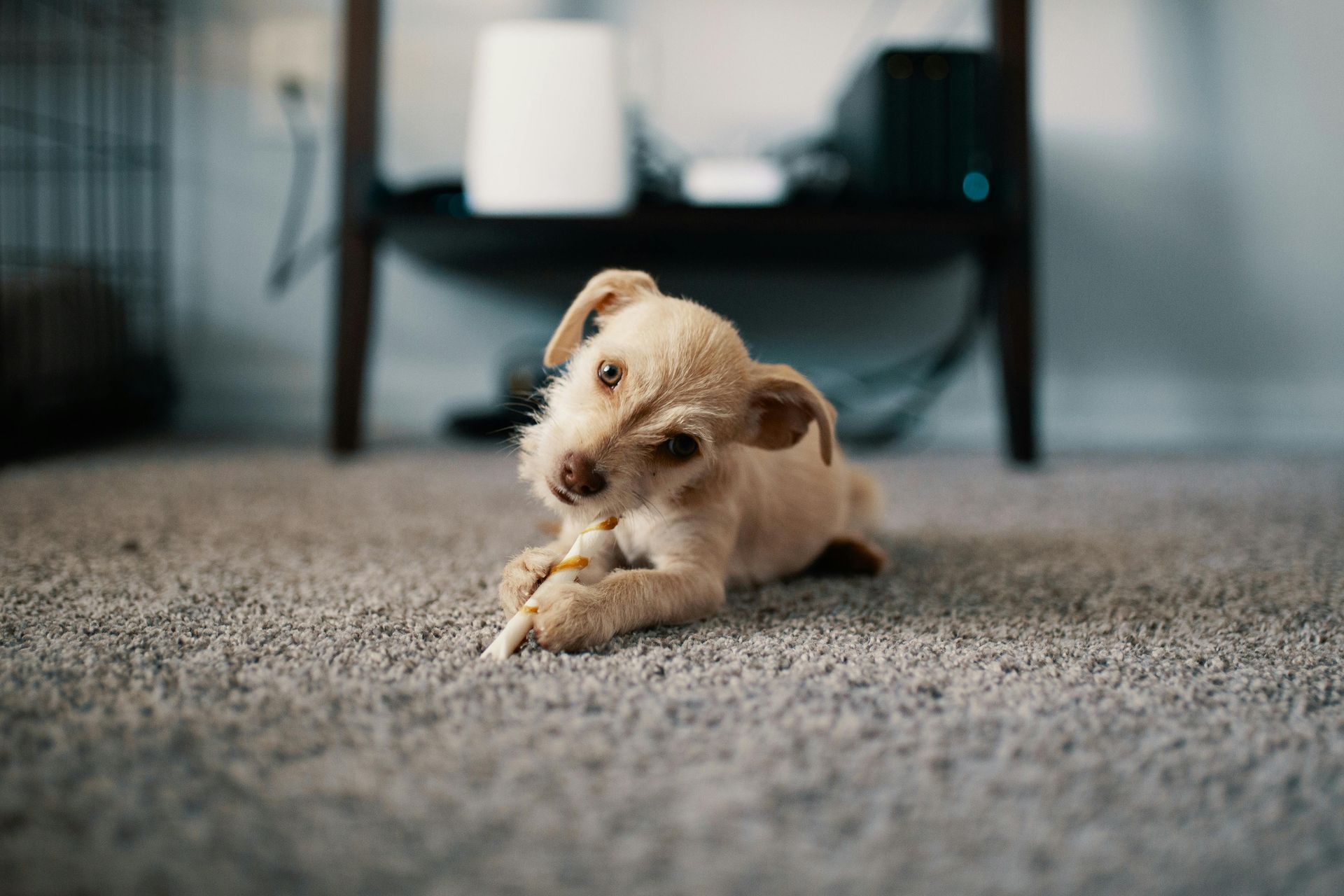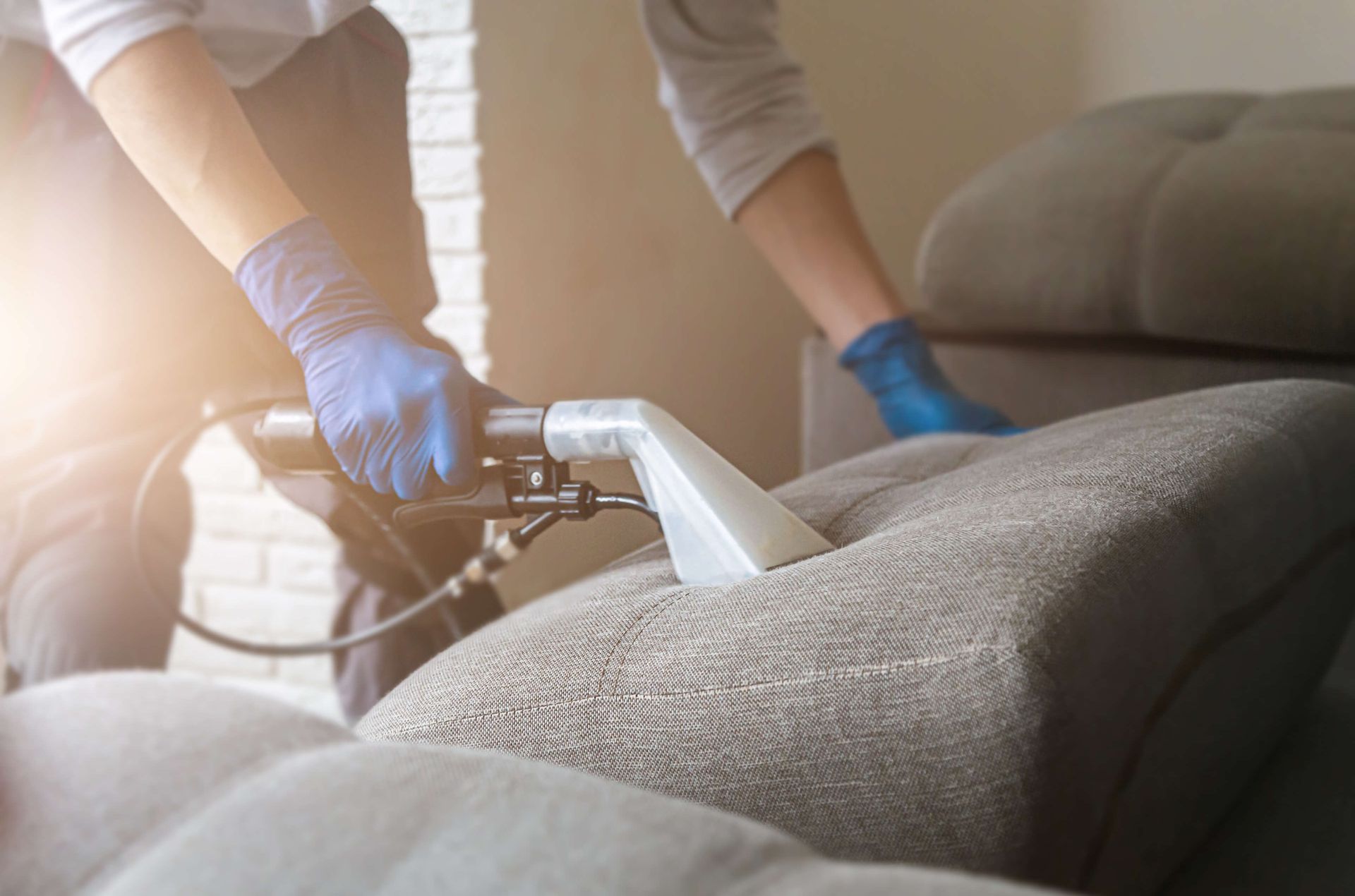How to Remove Smoke Smell from Rugs After Bushfire Season
Bushfire season in the Illawarra region often brings more than just damaged trees and smoky skies. Inside your home, soft surfaces like rugs silently absorb smoke, ash, and odor-causing particles that stick around long after the fire is gone. Even if your rug looks clean, it can still carry harmful smells and residue. If you're looking for a safe and effective way to remove the smoke smell from your rugs, this guide will help you understand what works, what doesn't, and when to seek help.

Why Rugs Hold Smoke Smells So Stubbornly
Rugs are made from materials like wool, cotton, or synthetic fibers. These materials are soft and porous, which makes them great at holding onto warmth and comfort. Unfortunately, that also means they easily trap airborne particles like soot, ash, and smoke. During bushfire season, these fine particles settle deep into the rug’s pile and backing. Even if you vacuum, the smell can return. This happens because smoke particles are microscopic and can get stuck far below the surface. Wollongong’s high humidity levels make it worse by reactivating those trapped odors. You might think the smell is gone, only for it to come back a few days later.
Step-by-Step Process to Remove Smoke Smell from Rugs at Home
If your rug is not antique or very delicate, you can try these steps at home to reduce smoke odor. Just keep in mind that the results may vary depending on how long the rug was exposed to smoke. These DIY methods can significantly reduce smoke odors:
Step 1: Deep Dry Cleaning First
Start by vacuuming the rug with a HEPA filter vacuum cleaner. This type of vacuum captures the smallest ash particles that regular vacuums can miss. Be sure to vacuum both the top and underside of the rug slowly and thoroughly.
Step 2: Apply an Odor Neutralizer
Mix white vinegar with water in a 1:3 ratio. Lightly spray the solution over the rug, then blot gently with a microfiber cloth. Vinegar helps break down the molecules that cause the smoky smell. Always test a small corner first to check for color changes. You can also place bowls of activated charcoal near the rug overnight to absorb lingering smells from the air. Be careful not to use too much water. Over-wetting the rug, especially if it is made from jute or wool, can cause mildew or fiber damage.
When Should You Call a Professional Rug Cleaner?
At-home methods can help reduce mild smoke smells, but they may not work on deeply embedded particles. This is especially true if your rug has been exposed to smoke for several days or if it has already been cleaned and the smell keeps coming back. Professional rug cleaners use advanced tools and products that go beyond surface cleaning. These include dry-cleaning systems, steam extraction (when safe), and odor-neutralizing treatments that target the smell at the source. Professional cleaning also prevents the risk of over-wetting or damaging delicate materials.
You should consider calling a professional cleaner if any of the following conditions apply:
- The smoky smell returns after multiple cleaning attempts
- Your rug is made of wool, silk, or is an heirloom item
- There are visible stains or signs of water damage from firefighting efforts
Smoke Travels Beyond Rugs
Many people focus only on the rug, but smoke doesn't stop there. It can also get into your couch cushions, mattresses, curtains, and even clothing. If your home was affected by bushfire smoke, these other soft surfaces may also hold onto odors and harmful particles. The smoke may be invisible, but it leaves behind particles that can cause respiratory irritation, allergies, and an overall feeling of a stale or unhealthy home.
By removing the smoke smell from your rugs and furnishings, you are not just improving the scent of your home. You are protecting your health and creating a cleaner, more comfortable living space for your family. If you cleaned your rug but the room still smells smoky or feels stuffy, the problem may be coming from your furniture or bedding. Professional upholstery and mattress cleaning can help remove the smoke completely and restore your indoor air quality.
Why Choose Wollongong Carpet Cleaning Pro?
At Wollongong Carpet Cleaning Pro, we understand the specific challenges that come with bushfire smoke. Our team is trained to handle a wide range of rug materials and uses proven techniques to remove stubborn odors without causing damage. Whether it’s a simple synthetic rug or a valuable wool or Persian piece, we apply the right process for each material. We also offer full-service cleaning for upholstery, mattresses, and other soft furnishings. If your home still smells smoky after bushfire season, let us help you make it fresh again.
Contact us today to schedule your rug cleaning appointment. We'll bring the comfort and cleanliness back to your home, safely and professionally.
FAQs
How long after bushfire exposure should I clean my rug?
It’s best to clean your rug as soon as possible after smoke exposure. The longer smoke particles stay in the fibers, the harder they become to remove, and the higher the risk of long-term odor and residue.
Can professional cleaning completely remove smoke smell from rugs?
Yes,
professional rug cleaning is designed to eliminate embedded smoke odors using deep-cleaning techniques and odor-neutralizing solutions.
Will DIY methods be enough to remove the smoke smell?
DIY methods like baking soda, vinegar, or airing out can help reduce mild smoke odors. But for deeper, more persistent smells especially from bushfire smoke professional cleaning is recommended for thorough deodorizing.
Is it safe to clean wool or antique rugs after bushfire smoke damage?
Yes, but they require extra care.
Contact professional cleaners as they use gentle, pH-balanced products and appropriate tools to safely remove smoke smell from wool or heirloom rugs without damaging their delicate fibers.
Can smoke-damaged rugs cause health issues if left untreated?
Yes, rugs that retain smoke particles can affect indoor air quality and trigger respiratory issues, especially in people with asthma or allergies.

